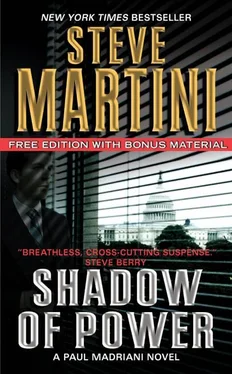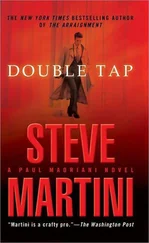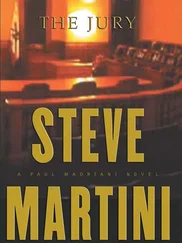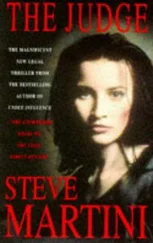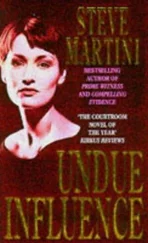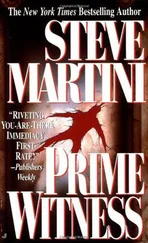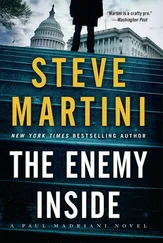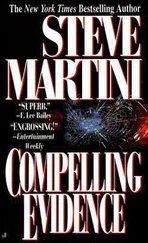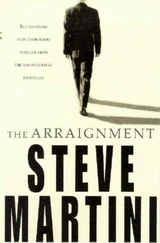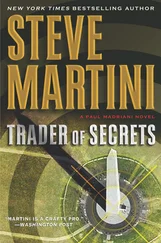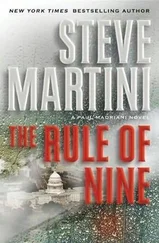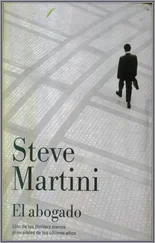He excuses Detrick. I let him go, subject to recall in my case in chief.
Tuchio’s next witness is Dewey Prichert, an employee of the police crime lab whose specialty is trace evidence.
Prichert has a kind of sad-sack look to him. If he were a dog, he’d be a basset hound. His sandy-colored hair is disappearing from his forehead faster than a glacier in global warming. The knot on his tie is a little crooked. He wears thick glasses and carries a small plastic pouch sprouting a couple of pens and a tiny metal ruler, all stuffed into the breast pocket of his sport coat. Professor Nerd, pass him on the street and you’d swear he spent his days in a physics lecture hall instead of squatting with tweezers plucking fibers and hair from around lakes of human blood.
The prosecutor moves quickly with Prichert as he has the witness identify specific photographs of blood spatter, close-ups of several small articles that were in the room. Prichert was the crime tech at the scene who lifted the two shoe impressions from the blood in the entry hall and gathered bits of fibers from the floor and multiple strands of human hair, none of which, it seems, matched the hair of the defendant and several of which appear to be idle strands belonging to no one in particular, at least that the police could identify.
“How do you explain that?” asks the prosecutor. “The unidentified strands of hair?”
“Any hotel room is going to be a transient scene,” says Prichert. “We were able to account for several of the darker strands of hair that were found. They belonged to two of the maids who routinely cleaned that room. Others we assume at this point probably belong to previous occupants of the room.”
“So what you’re telling us,” says Tuchio, “is that it’s normal, that you might expect to find unidentified strands of hair in a place like a hotel room?”
“It’s not as bad as an airport terminal, but basically, yes.”
What Tuchio is trying to do here is to close the door on us, to diminish these loose strands of hair as SODDI evidence-“some other dude did it.” He knows that I have an expert on my list of witnesses prepared to jump on the unanswered question of hairs found at the scene.
Tuchio has the witness specify the number and various colors of hairs he collected in the hotel room. You would think the hotel didn’t own a vacuum. According to Prichert, he gathered eighty-seven separate strands, including fourteen hairs from three different animals. For a hotel with a “no pets” policy, if you could fork over the gold brick to pay the daily fare on the Presidential Suite, it seems the room came with a courtesy case of cataracts to blind hotel staff whenever Fifi or Fido emerged from the elevator.
Of the eighty-seven human strands, a good number, fifty-six, were multiple offenders. That is, they were classified as “questioned hair samples,” meaning that their owners were unknown but that microscopic examination revealed they were duplicates and in some cases triplicates coming from the same unknown person.
According to Prichert, this would not be unusual for a hotel room where tenants might spend anywhere from one to several days in close living quarters. He tells the jury that most of the hair samples were collected using a special vacuum with a small micron filter to trap the hair and small fibers. In areas close to the victim’s body where he did not want to disturb other potential evidence, he used tape to lift any hairs or fibers. He explained to the jury that in a suite that size, with deep plush carpets, heavy upholstered furniture, and heavy curtains that hung to the floor, you could easily find a good number of hair samples, most of which have probably been there for a long time.
Tuchio pays particular attention to the thirteen questioned samples of hair found on or near the back of the chair where Scarborough was murdered and six unidentified samples found in the bathroom on the tile floor either near or under the toe kick of the bathroom counter. There were several hair samples on the counter itself and in the sink in the bathroom, but all of these were identified as belonging to the victim. Of the thirteen in the living area, most belonged to the victim himself and were severed by the jagged edge of the hammer’s claws as it punched holes in Scarborough’s head. But five of them on or around the area of the chair where the body was located, one a kind of sandy brown color, three blond, and one that had been subjected to enough different dyes that Prichert could not determine its true color, are unidentified, so-called questioned samples and belonging to persons unknown.
In addition there were two blond hairs, one four inches long and the other much shorter-he can’t remember the precise length-as well as several gray hairs and two brown samples, all of which were collected from the bathroom.
“Let’s start with the five hair samples found closest to the body, the ones you couldn’t identify. Can you tell the jury anything about these hairs?”
“Two of them I might classify as floaters, one blond sample of questioned hair about four inches in length and one shorter brown sample about an inch in length.”
“What do you mean by ‘floaters’?”
Prichert explains to the jury that if you’re looking for trace evidence deposited at the scene of a crime, you don’t usually tear up the carpet and look underneath. In collecting fibers or hair, unless there is some other reason to probe deeper, technicians usually look for surface deposits likely to have occurred during or about the time that the crime was committed, what the witness calls floaters.
“These four strands, the brown and three blond, were not on the surface of the chair,” says Prichert. “They were tucked into crevices formed by the back cushion at the level of the seat on either side at the back of the chair. They were sufficiently shallow that it was difficult to tell how long they might have been there.”
“What about the other eight unidentified strands of hair found on or near the chair?”
“All of those were tucked deep enough into crevices in the upholstery of the chair that I was able to exclude them as not being part of the crime scene. Most of them were balled up and caught up in filaments of dust, indicating that they’d been there too long to be connected to the crime.”
“Would you normally expect to find human hairs in that location, in the cracks of an upholstered chair?”
“It’s very common.”
“Why is that?”
“People sit, hair sheds, sometimes it gets caught in the tight spaces of the upholstery and is pulled out or more likely broken somewhere along the shaft. Repeated body movement in the chair and gravity can cause the loose strands of hair to migrate into crevices, usually between or at the edge of cushioned areas. In this case it was a leather chair. Loose hair would tend to slide easily, and unless it fell on the floor, it would slip into crevices almost immediately.”
“Did you find any unidentified hairs on the body or the clothing of the victim?”
“I found several strands belonging to the victim himself, but no unidentified or questioned samples, no.”
Tuchio turns his attention back to the club chair in which the cops theorize Scarborough was sitting at the time of the attack. He has the witness explain that the cushions on that particular chair were not loose. They could not be removed by a maid in order to dust and vacuum under and around them. Both seat and back cushions were stitched to the fixed upholstery of the chair.
“A maid would have to use a crevice tool to vacuum in the cracks,” says Prichert. “And there was evidence that this had not occurred at any time in the recent past.”
“And what evidence was that?” asks Tuchio.
Читать дальше
